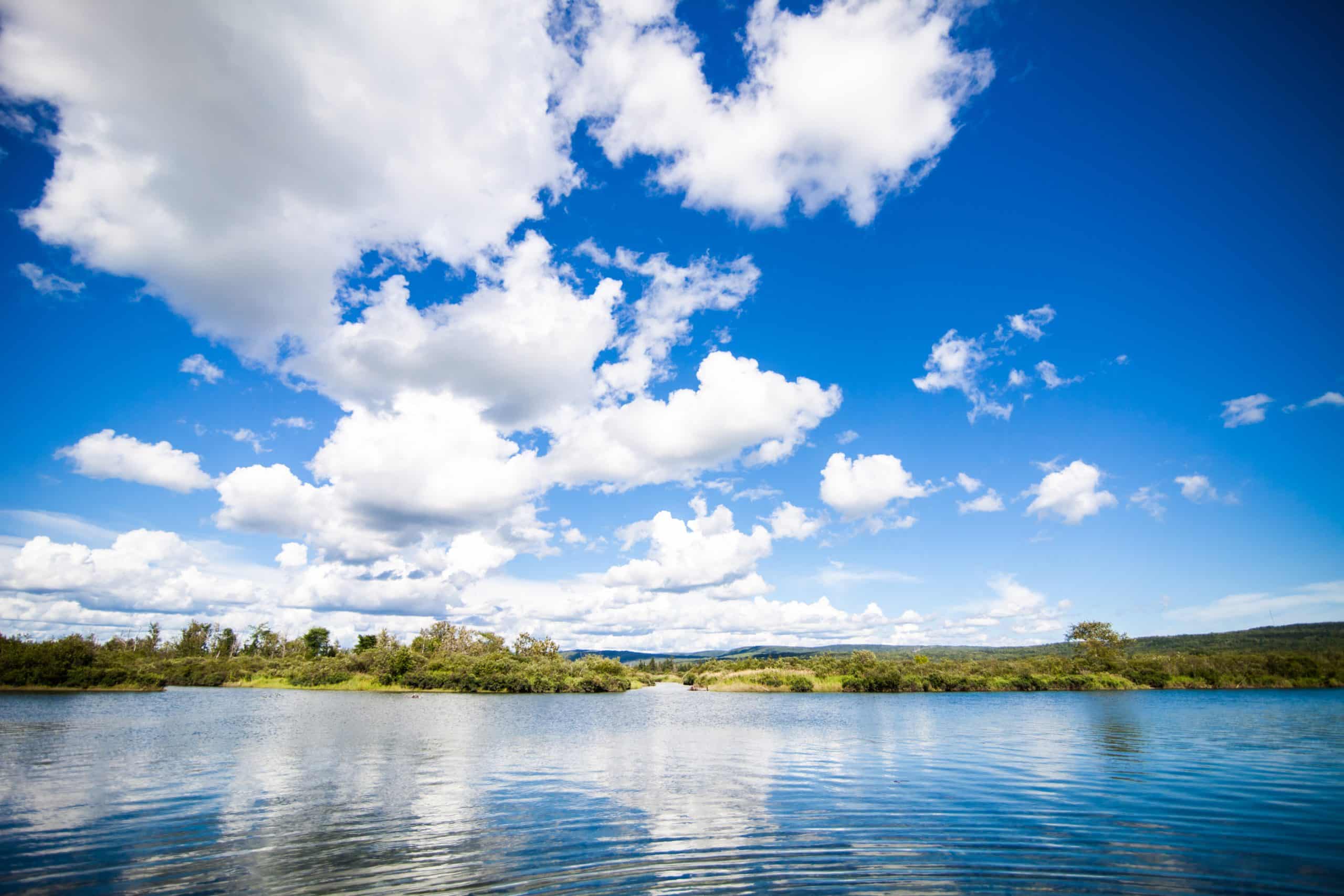What Approaches to Urban Design Can Reduce the Heat Island Effect in UK Cities?

Large urban centers often face a phenomenon known as the Urban Heat Island (UHI) effect. This effect is the noticeable difference in temperature between urban areas and their rural surroundings. It makes cities warmer, threatening the health and comfort of citizens, and increasing energy consumption for cooling buildings. So, what are the urban design strategies that can help curtail this heat island effect in UK’s cities?
Greening the Urban Landscape
Greener urban landscapes can significantly cool down cities, reducing the urban heat island effect. One of the most effective ways to introduce more green into urban areas is through the use of green roofs and walls.
En parallèle : How to Evaluate the Impact of Transportation Infrastructure on Residential Property Values?
A green roof is essentially a roof covered with vegetation, which helps to reduce the heat absorbed by a building. Green walls, on the other hand, are walls covered with plants, either directly planted in the wall or in troughs fixed to the wall. Both green roofs and walls act as natural air conditioners, reducing the need for artificial cooling, and thereby saving energy.
Large parks and green spaces can also help to alleviate the UHI effect. They provide shade, help to moderate temperatures, and improve air quality. Urban forestry, or the careful management and planting of trees in urban settings, is another excellent strategy. Trees not only provide shade but also release moisture into the air through a process known as transpiration, which can cool the surrounding air.
A lire en complément : What Are the Financial Pros and Cons of Investing in Off-Plan Property Developments?
Incorporating Water Features
Water features, like fountains, ponds, and canals, can be effective in reducing the heat island effect. The process is quite simple: when water evaporates, it absorbs heat, cooling the surrounding air. By incorporating more water features into urban design, cities can become cooler and more pleasant places to live.
Moreover, water features also enhance the aesthetic appeal of urban spaces, creating recreational areas for city dwellers and visitors alike. They can also help to improve local biodiversity, providing habitats for a variety of wildlife.
Enhancing Building Design and Materials
The design and materials used in urban buildings can significantly influence the heat island effect. Using lighter-colored materials for rooftops and pavements can help to reflect more sunlight, reducing heat absorption. This is known as the albedo effect.
Additionally, implementing energy-efficient building design can decrease the need for air conditioning, which in turn reduces the amount of heat released into the urban atmosphere. Such energy-efficient designs include buildings with high ceilings, natural ventilation systems, and strategically placed windows that allow for cross ventilation.
Promoting Public Transport and Cycling
The more vehicles there are on the road, the hotter a city becomes. Cars, trucks, and buses all generate heat and contribute to air pollution. By promoting public transportation and cycling, cities can significantly reduce the number of vehicles on the road, thus reducing the heat generated.
Investing in efficient public transport systems and creating safe and accessible cycling lanes can encourage people to leave their cars at home. Not only does this reduce heat production, but it also improves air quality and promotes healthier lifestyles.
Leveraging Digital Technologies
Digital technologies, such as Google’s Project Sunroof, can help cities to assess their potential for solar energy production. By harnessing this renewable energy source, cities can move away from reliance on fossil fuels, which contribute to the heat island effect.
Moreover, digital mapping technologies can help city planners to understand and track the urban heat island effect. These tools can identify hotspots and monitor changes over time, providing valuable information to guide urban design strategies.
In conclusion, reducing the urban heat island effect in UK’s cities requires a multi-faceted approach. By adopting greener landscapes, incorporating water features, enhancing building design and materials, promoting public transport and cycling, and leveraging digital technologies, cities can become cooler, more sustainable, and more enjoyable places to live. The benefits extend beyond temperature reduction – these strategies can also enhance the quality of life, promote biodiversity, and contribute to climate change mitigation.
Utilizing Urban Greening as a Strategy
In the context of urban design, urban greening is a potent strategy to combat the urban heat island (UHI) effect. Urban greening refers to the incorporation of vegetation into the urban environment, with the intent of increasing urban biodiversity and enhancing the city’s resilience to climate change.
The positive effects of urban greening on urban heat are well-documented in climate models and real-world studies. According to Google Scholar and PubMed, research confirms that green spaces have a significant cooling effect on the environment. They achieve this by absorbing heat during the day and releasing it at night, resulting in a decrease in daytime temperatures and an increase in nighttime temperatures.
The effectiveness of urban greening in mitigating the UHI effect is also due to the process of transpiration. Transpiration happens when water is drawn up from the roots of plants and evaporates from their leaves, releasing moisture into the air. This moisture absorption process has a cooling effect on the surrounding air, enhancing thermal comfort for city dwellers.
The most popular forms of urban greening are the introduction of green roofs and green spaces. Green roofs, which are roofs covered in vegetation, can significantly reduce the heat absorbed by buildings. Green spaces, on the other hand, are areas within a city that are reserved for vegetation. They not only provide shade and a place for relaxation but also contribute to air quality improvement by reducing air pollution.
Emphasizing Sustainable Transportation
Sustainable transportation is another effective approach to reducing the urban heat island effect in UK cities. This approach primarily focuses on reducing the number of vehicles on the road, as motor vehicles generate heat and contribute to air pollution.
Promoting the use of public transportation and cycling can significantly reduce the amount of heat produced by vehicles. Efficient public transport systems and safe, accessible cycling lanes encourage people to leave their cars at home, improving air quality and promoting healthier lifestyles. According to research available on DOI Crossref, cities with efficient public transportation systems and bike-friendly infrastructure have lower urban heat island effects.
Furthermore, investing in electric public transportation can help reduce reliance on fossil fuels, which are a significant contributor to global warming and the UHI effect. As climate change continues to be a critical global issue, the switch to electric public transportation represents a significant step towards a more sustainable future.
Conclusion
The Urban Heat Island effect presents a significant challenge to city dwellers’ comfort and health, and poses a threat to the sustainability of urban areas. However, UK cities can adopt various urban design strategies to mitigate the UHI effect, restore ecological balance, and improve the quality of life for their residents.
Urban greening, green roofs, and green spaces are all effective strategies for cooling the built environment and enhancing the urban climate. Water features also provide a cooling effect while adding aesthetic value to the urban landscape. Meanwhile, promoting sustainable transportation and leveraging digital technologies like Google’s Project Sunroof can further the cause.
In conclusion, these strategies not only reduce the temperature but also enhance urban biodiversity, improve air quality, and promote healthier lifestyles. Thus, combating the urban heat island effect is not just about temperature regulation–it’s about creating sustainable, resilient, and livable cities for the future.
